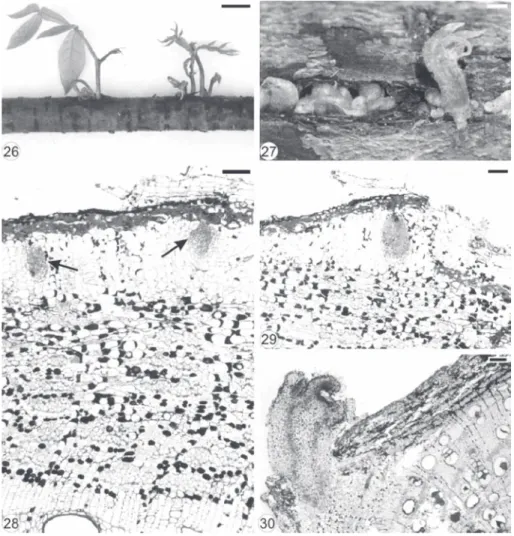Resprouting from roots in four Brazilian tree species
Texto completo
Figure
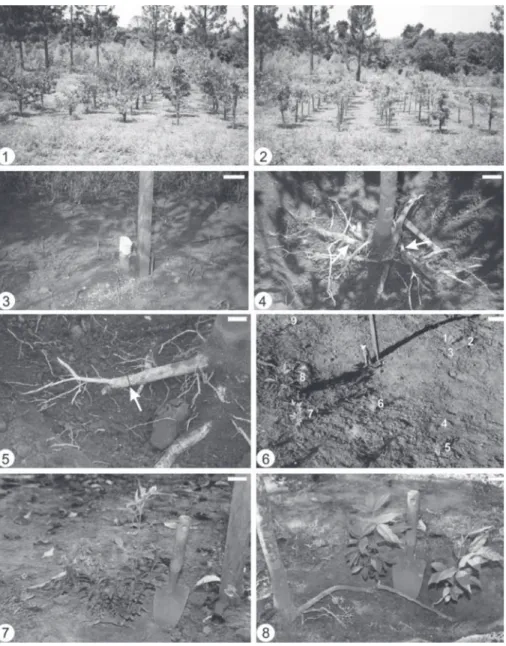
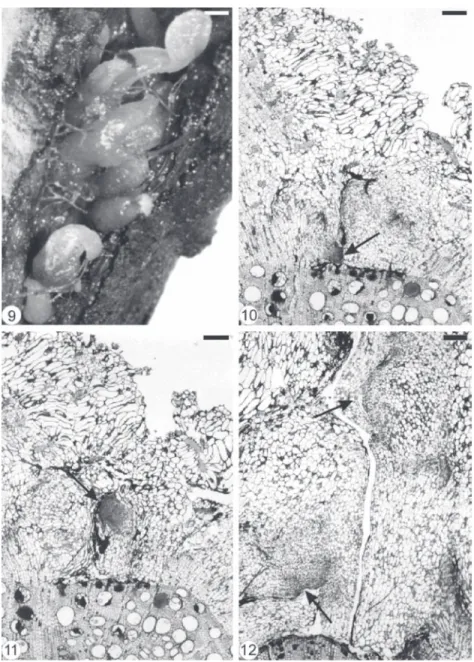
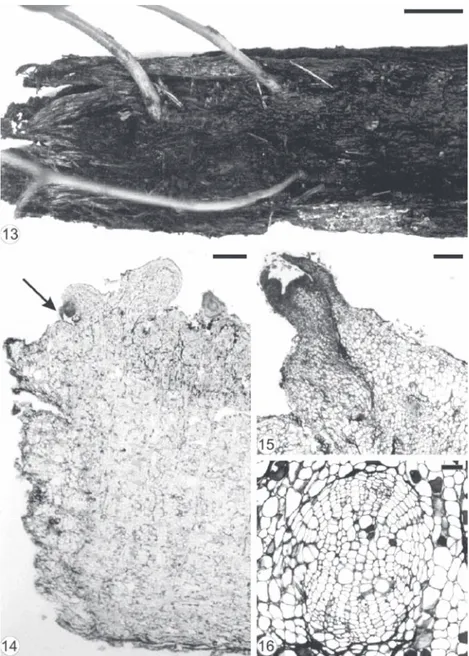
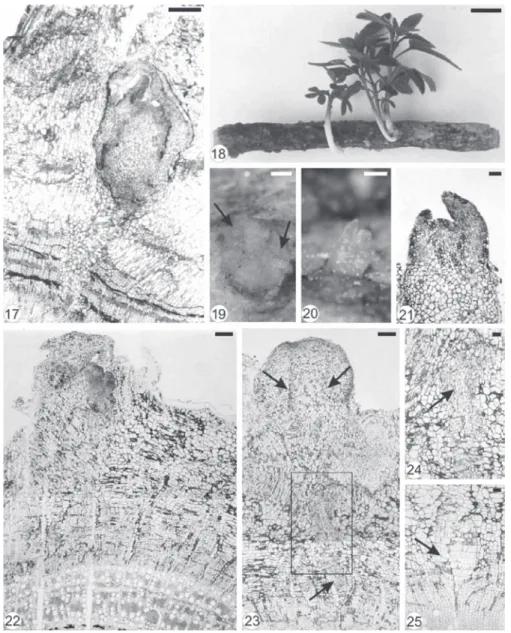
Documento similar
The results of the ecological analysis pointed out that increasing tree species richness is more 435. important than establishing a shrub layer or creating a
Wood samples were obtained from the base, middle and top of the stem of 12 randomly selected eight-year-old trees from six provenances in order to determine wood moisture
Observed number of species was relatively high in comparison with other studies in the Mediterranean, and we found no effects of fragment characteristics on species density,
No effects of Cu on Hg influx were observed for any of the two plant species, suggesting a different transport system for Hg and Cu in roots of oilseed rape and
Here we use four abundance-based phylogenetic diversity metrics –mean phylogenetic distance (MPD), mean nearest taxon phylogenetic distance (MNTD), net related index (NRI), and
information is required from these regions to understand the effects of exotic species in these climates. Studies focusing on the effects of exotic species in arid climates are
The results of this study revealed that oil palm plantations developed on land cover from secondary forest or shrubs had an impact on the number of species and the diversity
The main feature to distinguish this species from the other Ctenolepisma Escherich, 1905 from Europe, is the occurrence of double combs, i.e., fields of macrosetae on the
